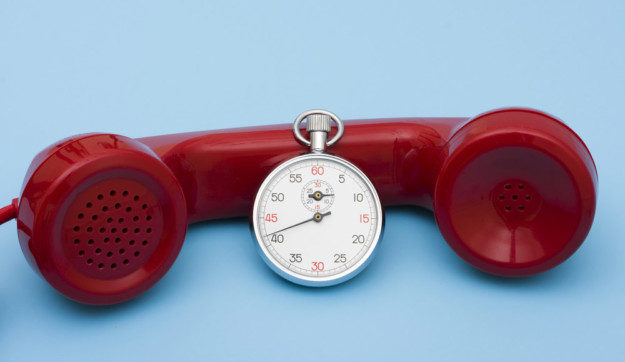7 Tips for Quick Response During a Time of Need

The first days following a disaster or other emergencies — like Hurricane Sandy that hit the East Coast this week — can be crucial for organizations as they reach out to supporters and request help. At a time when many organizations may not have the time to outline a formal strategy, here are seven tips that can help any organization make the greatest impact during this time of need.
7 Tips for Quick Response
- Hijack your homepage to make the emergency the focus. Use clear calls to action to donate and share through social media or tell-a-friend capabilities.
- Include a clear description in news articles and relevant forms of your organization’s role in the relief effort.
- Make it clear what people are donating to:
- Avoid sending people to a general donation form. With general forms, savvy donors will question where the money is going and other donors will assume it is going to relief efforts for the emergency. Remember, though, that your systems must be set up to clearly designate where the money is going, or your organization will not be able to fulfill the donor intent, which can also lead to problems.
- Make it clear if donations will go to the specific relief effort. Monitor how much you are raising, and make sure the funds are designated to that effort — they cannot be repurposed elsewhere unless you make it clear that once the need is met, additional funds will go to preparedness for another need.
- Be careful how you solicit sustaining gifts. If you choose to use a form designated to a specific emergency you may limit the ability you have to use those funds. Although, if your organization will have a long-term relief effort, offering sustaining giving as an option in follow-ups to emergency donors can be a compelling and relevant ask.
- Pay attention to form design. Make sure forms are short and display any third party verifications of your effectiveness or legitimacy in the effort such as including VeriSign, Charity Navigator ratings, Charity Watch ratings, or Better Business Bureau status.
- If you have a social media effort, put it to use. Re-tweet or post links to news articles that will provide value to your friends and followers.
- Plan to send follow-up email messages including information educating donors about your broader mission and offering them the opportunity to become a regular member or monthly donor.
This article also appeared on Fundraising Success.

